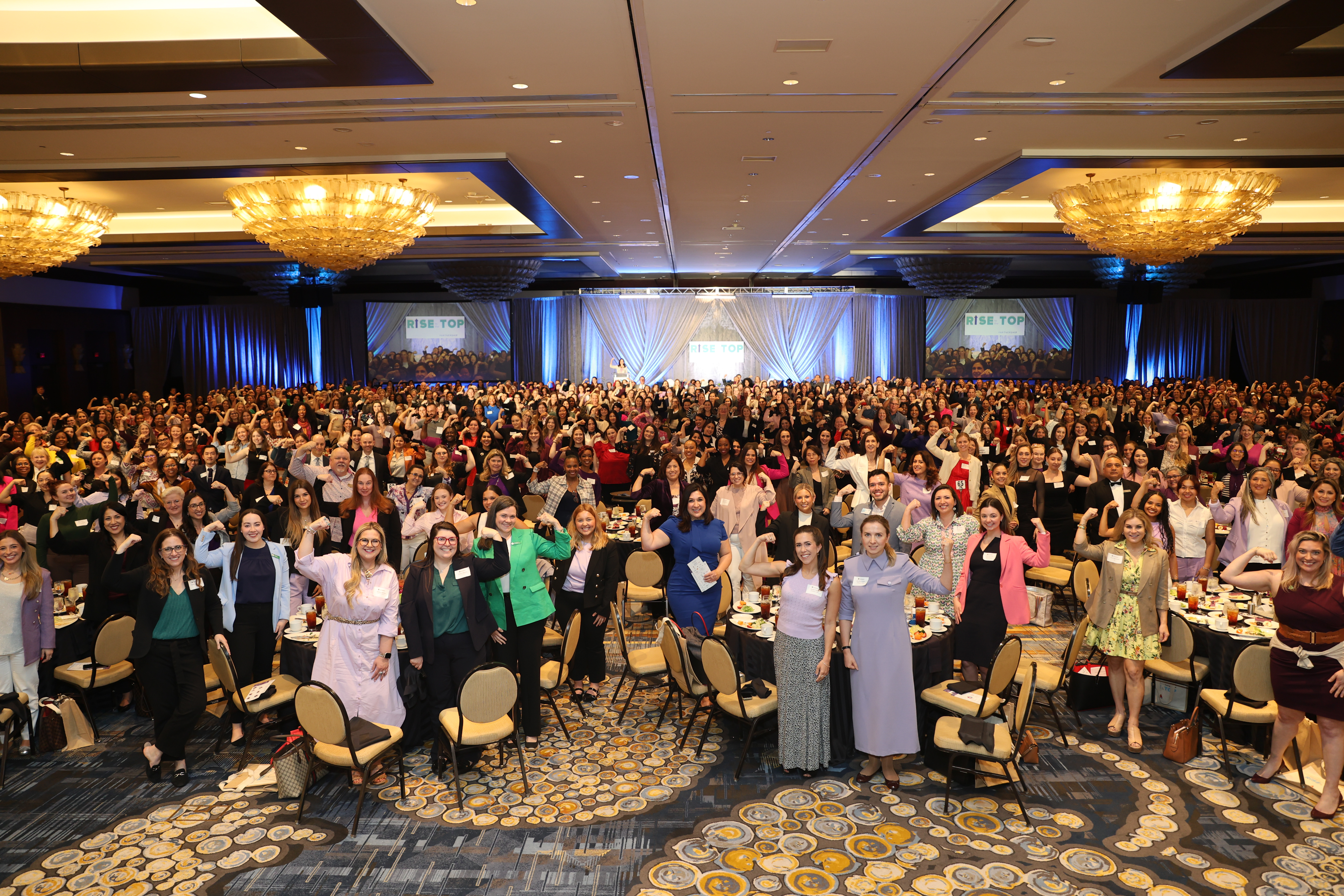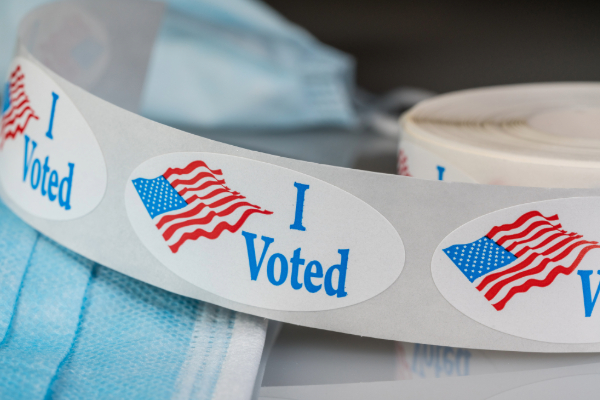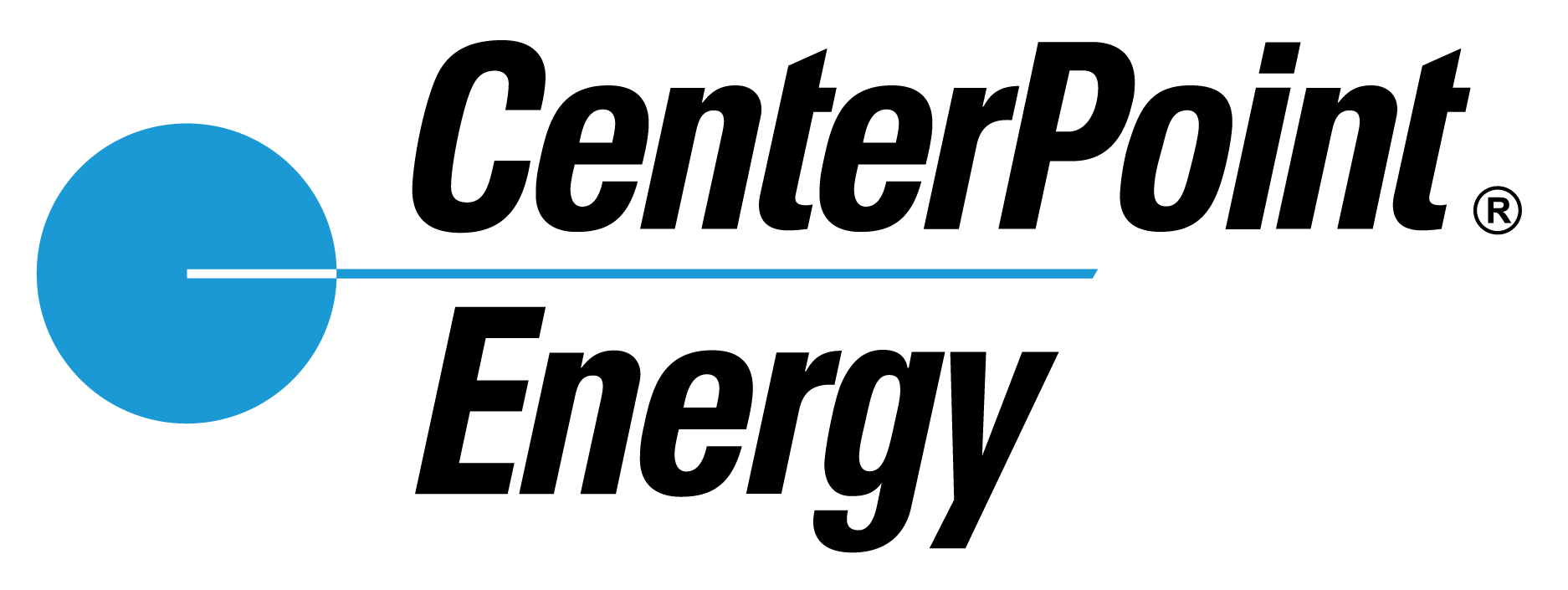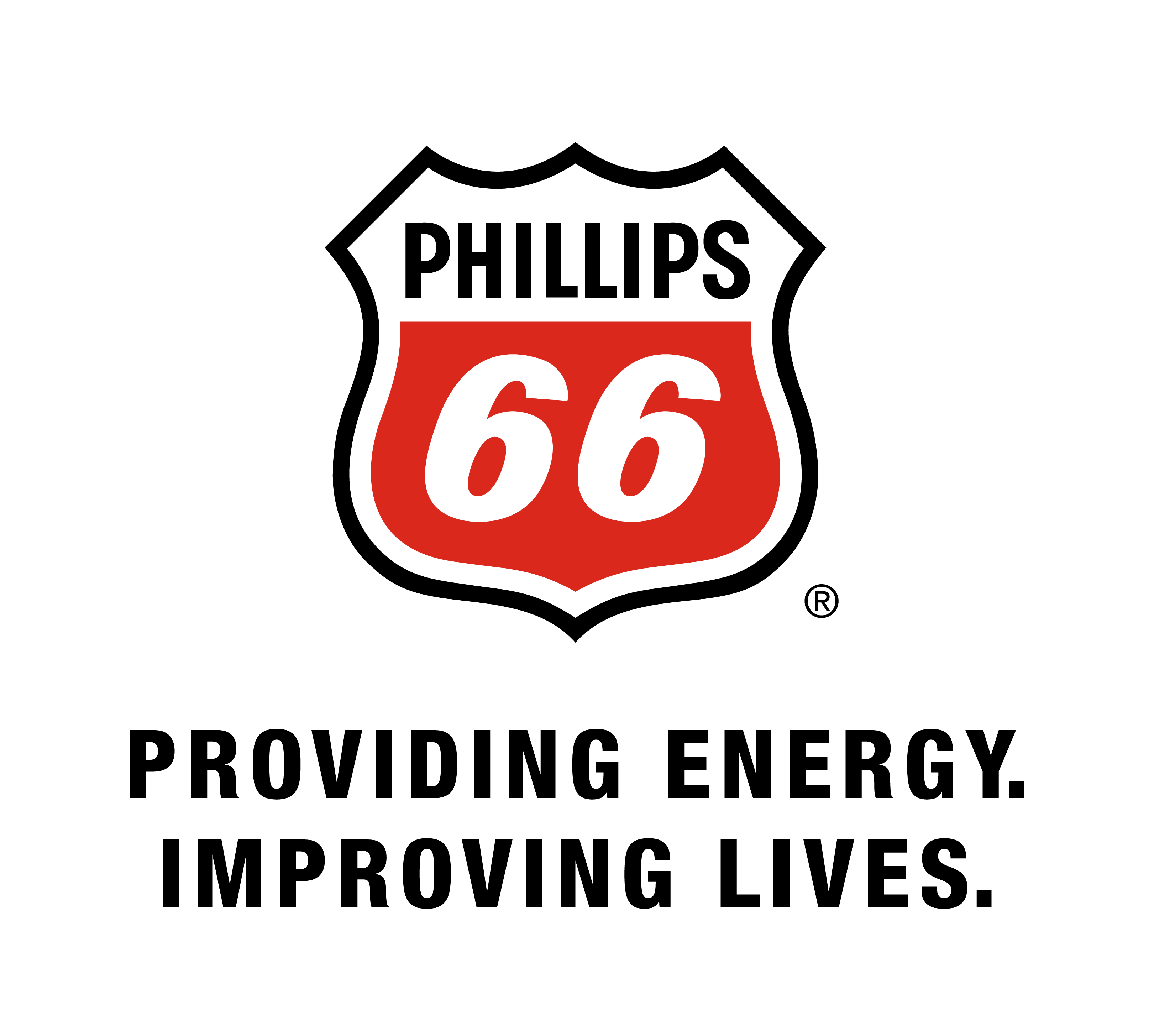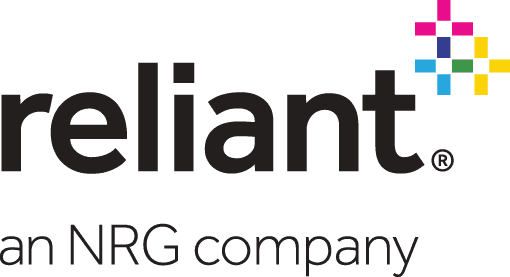President's Address Focuses on Reopening Houston Safely
Published May 01, 2020 by Julia McGowen
Following Governor Abbott’s announcement this week to reopen portions of the Texas economy, Greater Houston Partnership President and CEO, Bob Harvey, and Senior Vice President of Public Policy, Taylor Landin, discussed positive steps the business community can take to reopen the Houston economy safely, sustainably and successfully.
To kick off the discussion, Harvey cited the Texas Medical Center’s daily COVID-19 case data as a key indicator of the region’s readiness to begin reopening. Harvey explained that when Harris County instituted the “Stay Home – Work Safe” Order on March 24, the intention was to mitigate the spread of COVID-19 and flatten the curve. Once the curve was flattened for a few weeks, the region could begin to discuss reopening.
Houston’s Readiness to Reopen
TMC data shows that Houston is 22 days past the peak of hospitalizations and about 17 days past the peaks of ICU use and ventilator use for the TMC institutions region-wide. Both are key requirements from medical leaders at TMC to begin reopening.
“This leads me to believe Houston is ready to begin cracking the door open and resuming some activities. We have met the initial requirements to begin reopening. We have stayed under TMC capacities. Two key criteria were to get beyond the peak, sustain that and be well below the capacity of the healthcare system, we have done that,” Harvey stated.
Partnership Advocacy Efforts to Reopen Houston's Economy
Landin noted the Partnership has been in ongoing communication with the governor’s office since the start of the COVID-19 crisis. He also reported that three Partnership board members were tapped by the Governor Abbott to serve on his Strike Force to Reopen Texas, including Nancy Kinder, who leads the Kinder Foundation, Massey Villarreal, from Precision Task Group, and Marc Watts, president of The Friedkin Group and leader of the Partnership’s own efforts to reopen Houston safely.
As part those efforts, eight industry working groups, made up of more than 70 business leaders from companies large and small, were established to define how Houston can reopen the economy safely, sustainably and successfully. The Partnership also conducted a survey of more than 850 member companies to gauge what business needed most to consider reopening. Feedback through both mechanisms enabled the Partnership to provide meaningful feedback directly to the Governor’s office.
Governor Abbott’s Plan to Reopen Texas
Governor Abbott issued an executive order in March allowing only essential services to remain operational and ordered individuals to stay at home. He released the Report to Open Texas on April 27.
Harvey stressed that the governor's executive order essentially builds on the previous order and suggested Houston should retain social distancing while allowing some businesses to operate.
- The order states, “In accordance with [federal guidelines]…every person in Texas shall, except where necessary to provide or obtain essential services or reopened services, minimize social gatherings and minimize in-person contact with people who are not in the same household.”
The governor's plan calls for allowing many customer-oriented businesses, such as restaurants and retail stores, to reopen on Friday, May 1, but are limited to keeping occupancy to 25% of their total listed capacity. Governor Abbott plans to loosen the capacity restrictions and allow the opening of additional businesses in mid-May, provided Texas does not see a surge in cases. The governor did not include bars gyms, certain entertainment venues, barber shops and salons among the businesses allowed to reopen on May 1. He indicated the decision of which businesses would be allowed to reopen in phase 1 were made under the guidance of medical experts.
This executive order expires on May 15. Governor Abbott has said a second phase of reopening businesses across Texas could come as soon as May 18 so long as the state sees two weeks of data to confirm no flare-up of the virus. If phase two moves ahead, the governor will revise the order to increase occupancy allowances to 50% and reopen additional businesses.
“The Partnership thinks Governor Abbott reached an appropriate balance with this order and his Open Texas Plan,” Harvey stated. “You cannot trade off safety but do have to begin reopening the economy and believe the order is very appropriate.”
Landin added that one of the most notable elements of this executive order was that it supersedes all local orders. It's at Governor Abbott's discretion to determine if any county should be required to revert back to only essential services based on factors such as increasing numbers of virus transmissions, hospitalizations or deaths.
Testing and Contact Tracing
Landin noted that the importance of testing has been a particular focus through the crisis. More recently, said Landin, that discussion has highlighted contract tracing, an important topic discussed among the Partnership working groups on reopening Houston safely.
Harvey said one of the most encouraging parts of the governor's report are plans articulated around testing and contact tracing.
“On the topic of testing, the state plan indicates that today Texas has testing capacity of 15-20,000 per day, and quickly ramping to 30,000," said Harvey. "Houston has also added capacity for testing, local capacity has not been reached in many days and that is a good thing."
Governor Abbott has established three phases for contact tracing.
- Phase One, which was completed Monday, April 7, has seen 1,157 contact tracers hired statewide.
- Phase Two will include hiring 1,000 more tracers by May 11.
- Phase Three will be mobilization of a total of up to 4,000 tracers and an integrated process using data reporting and technology.
Harvey cited a recent Harvard University report that roughly estimates the Houston region would need up to 1,000-1,500 contact tracers to be effective. With the state's goal of putting 4,000 tracers in place, and assuming one-fourth come to Houston, our region would generally be in line with best practices laid out in that report.
Harvey pointed out that while employers should not make COVID-19 tests a requirement for employees to take in order to return to work in most circumstances, businesses should play an explicit role in contact tracing.
“Most companies will want to be able to do contact tracing within their work environments and should identify a staff member within the company to manage this as they plan to return to work. Employees should also keep a log of who they are coming in contact with day-to-day to aid in this process,” he said.
Reopening Houston Businesses
Harvey and Landin discussed what Partnership’s industry working groups have accomplished. These regional business and community members met to define how Houston can reopen safely. Four key themes emerged these groups:
- Reopen protocols should be industry-led and not overly-prescriptive.
- Reopening should be gradual and deliberate.
- Future business interruptions should be avoided at all costs. Having to reopen a second time would have severe impacts.
- Public confidence is critical in restoring demand.
As businesses begin preparing for to reopen, the Partnership is developing best practices for companies to consider through its updated Work Safe program. This hub of resources includes industry best practices broken down in nine sectors and a list of updated Work Safe principles.
“We’ve said this all along: businesses have a vested interest in getting this reopening right. It is important that our companies take the necessary steps to safeguard employees, customers and the public at large. These principles are designed to achieve just that,” said Harvey.
Harvey noted that the Partnership has received many questions about office workers, which is not spoken to directly within the Open Texas plan. The Partnership has released a statement regarding confusion surrounding the governor's executive order and whether it calls for the return of office workers to the workplace.
Learn more about the Houston Work Safe Program. Get information and resource from the Greater Houston Business Recovery Center. And sign up for daily email alerts from the Partnership as the situation develops.
 The Houston Report
The Houston Report





